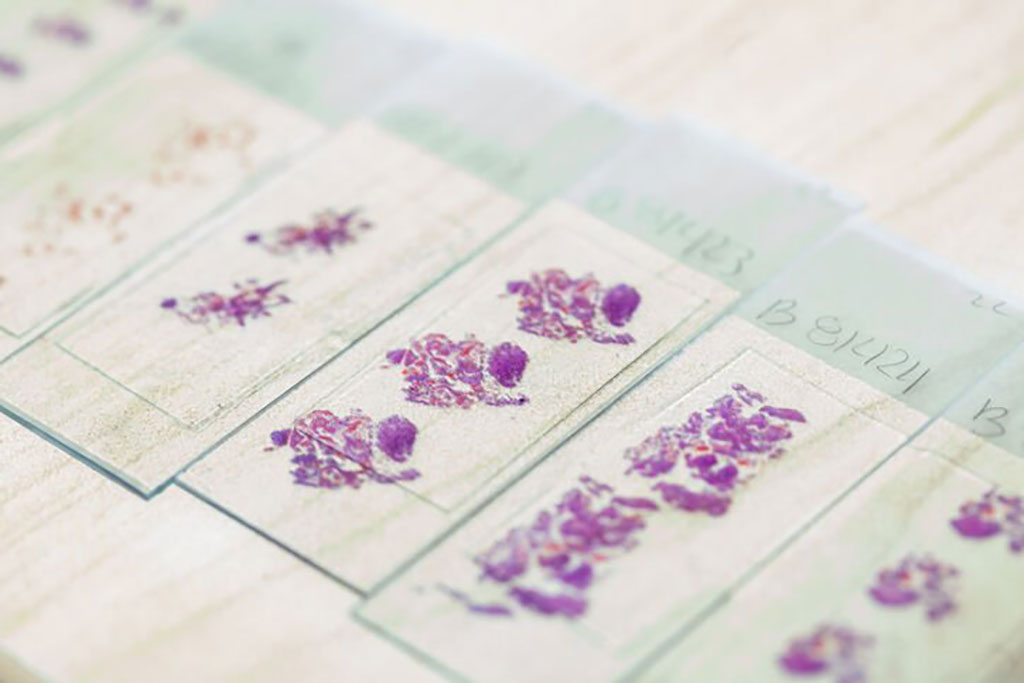AI Approach Combines Satellite Imaging and Ecology Techniques for Analysis of Tumor Tissue
Posted on 21 Nov 2023
Advancements in tumor imaging technology have significantly enhanced our ability to observe the minute details of tumors, but this also brings the challenge of interpreting vast amounts of data generated from these images. Researchers are often overwhelmed with the task of analyzing data from hundreds of molecules across tens of thousands of cells. While artificial intelligence (AI) offers a potential solution to manage this deluge of information, traditional AI methods like deep neural networks often operate as a 'black box,' providing results without transparent or comprehensible explanations. To address this, scientists are now looking towards AI techniques from other disciplines to develop new methods for interpreting tumor images.
Researchers at Karolinska Institutet (Stockholm, Sweden) and SciLifeLab (Solna, Sweden) have adopted AI strategies commonly used in satellite imaging and community ecology to manage and understand complex data from tumor tissues. Their work, detailed in the journal Nature Communications, could pave the way for more tailored cancer treatments. AI methods are already being used to categorize and identify various geographic features in satellite imagery, such as cities, bodies of water, and different types of landscapes. In the field of ecology, sophisticated analytical methods are employed to understand how different species coexist within specific environments.

Recognizing parallels between these fields and tumor analysis, the researchers applied similar techniques to the study of cancerous tissues. The methods used in satellite imagery and ecology have been adapted to analyze the intricate dynamics of tumor tissues. This approach has transformed complex datasets into valuable insights about the nature of cancer. The next phase involves applying this novel method in clinical trials. The research team is collaborating with a major cancer center to determine why only certain patients respond to immunotherapy for cancer. Additionally, they are investigating why some patients with breast cancer may not require chemotherapy. This innovative use of AI in cancer research holds promise for enhancing our understanding of cancer and improving patient outcomes.
“With our new method, we can reveal important details in tumour tissue that can determine whether a cancer treatment works or not. The long-term goal is to be able to tailor cancer treatments to individual needs and avoid unnecessary side effects,” said Jean Hausser, senior researcher at the Department of Cell and Molecular Biology, Karolinska Institutet, who led the research.
Related Links:
Karolinska Institutet
SciLifeLab













